How To Get Stage 4 Prisoner Skin
The Celts
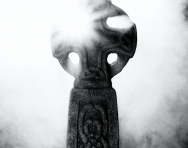
Who were the Celts?
The name 'Celts' (pronounced 'kelts') is used to describe all of the people who lived in Britain and northwest Europe during the Iron Historic period – from 600 BC to 43 AD, which is when the Romans arrived.
The Celts were a very advanced order. For instance, they learned how to make weapons from atomic number 26, which is why we phone call the time they lived in the "Iron Age". In Uk, the Celts settled in areas such as Cornwall and Wales.
Top 10 facts
- The Celts lived during the Iron Age, from nigh 600 BC to 43 Advertizing. This is the time when fe was discovered and used.
- The Fe Historic period ended when the Romans invaded Britain and prepare their own civilisation and government.
- The people who lived in Britain during the Iron Age weren't chosen 'Celts' until the 1700s. The proper name is used to describe all the different tribes that lived in Great britain then.
- There were 3 chief branches of Celts in Europe – Brythonic, Gaulic and Gaelic. Brythonic Celts (Britons) settled in England.
- The Celts who settled in England were carve up into many different tribes, each ruled by a male monarch or queen.
- The Celts believed in many different gods who affected every part of everyday life. Druids, who were priests in Celtic lodge, tried to figure out what the gods wanted.
- Men and women in Celtic times normally wore long tunics with different accessories, such as coats, capes or belts.
- Most Celts were farmers, and they lived in houses that were round instead of square.
- In boxing, Celts mainly fought with swords and spears, and they used long shields to protect themselves.
- Some people tin can still speak Celtic languages such as Welsh and Gaelic.
The Celts timeline
-
600 BC
The Iron Age began

-
335 BC
Celtic tribes signed a peace treaty with Alexander the Keen, ensuring peace between the Celts and the Greeks
-
70 BC
Druids arrived in Britain
-
43 Advertisement
The Romans invaded United kingdom of great britain and northern ireland, marker the cease of the Iron Age

-
threescore Advertizement
Queen Boudicca led an attack on Roman London


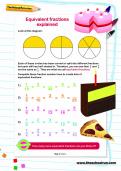
Boost Your Kid'south Learning Today!
- Get-go your kid on a tailored learning programme
- Maths & English resources delivered each week to your dashboard
- Keep your child'due south learning on rails
Did you know?
- The Fe Age is named for the fact that people first started using atomic number 26 to make weapons and tools. Before this, they'd have used bronze.
- In that location were three main branches of Celts:
- Brythonic (likewise chosen Britons), who lived around modern-day Cornwall and Wales
- Gaelic (also called Gaels), who were based in Ireland, Scotland and the Isle of mann
- Gaulic (as well called Gauls), who lived across modern-day France, Belgium, Switzerland and northern Italy
- The Celts wore brightly coloured clothing, and fabricated textile dyes from berries, plants and even seaweed. Dyeing was something that only women could do – it was considered bad luck to dye cloth if a man was around!
- The Celts lived in circular houses with thatched roofs – they were made in the shape of circles, rather than with 4 walls.
- Many Celts were farmers, and so they grew their ain nutrient and learned where they could gather nuts, berries and honey effectually their village.
- The Celts likewise kept their ain cows, chickens and other livestock – sometimes the animals would come up into their homes at night, every bit they didn't have their own stable.
- Groups of houses built on height of hills were called hill forts – people living there could see if any enemies were coming simply by looking out over the valleys, and could build strong walls effectually their hill to help defend information technology.
- Some people can still speak languages that the Celts spoke, Welsh and Gaelic.
Celts gallery
- A map of Fe Age Europe
- A gold torc
- A roundhouse reconstruction at the Aboriginal Engineering Outdoor Education Eye in Cranbourne, Dorset
- Celtic coins
- A real Fe Age Celtic sword
- A Celtic knot design
- A reconstructed Celtic village in Gabreta, Germany
- The "Castro de Barona" in Espana, the excavated site of an old Celtic fortress settlement
Gallery
Near
The body of an Fe Age Celt was found in a bog in Cheshire in 1984. He is chosen the Lindow Man, and could take died as part of a sacrifice to the gods worshipped at that time.
In Celtic society, people could tell how wealthy you were just by looking down at your feet.Shoes would have taken a lot of time and skill to brand, so only college class people would be able to beget them. Celtic women normally wore two types of garments called the léine (a long tunic) and the brat (a cloak). Celtic men also wore léines and brats, just they'd also sometimes wear an inar (a jacket) over truis (trousers or shorts).
While you often hear about people in past times non taking very good care of themselves, the Celts liked to stay clean, smelling dainty, and make an effort with their appearance. Archaeologists have plant beautiful jewellery such as torc necklaces, razor blades for shaving, combs and pilus accessories that tell us virtually what sorts of things the Celts would have used.
Celtic priests were called Druids, and the Celts believed that they understood nature and the globe effectually them so well that they predict the future from it. Druids also acted as judges in Celtic society, and even doctors; they knew a lot about the healing backdrop of plants, and which ones would help someone experience amend if they were ill or hurt. The Celts believed that there were gods for every role of life, and that the Druids were the ones who understood how to speak to them and interpret what they wanted.
If there was a battle in Celtic times, anyone could be asked to fight – women besides as men. Celts used iron spears and swords, and they also carried long shields fabricated from wood or fe. Some Celtic tribes would use blue pigment to describe designs on their skin before going to battle.
A famous Celt is Warrior Queen Boudicca, who led an uprising against the Romans when they invaded Britain. Histories think that she poisoned herself when her soldiers were losing, and the Romans were about to accept them prisoner.
Related Videos
Just for fun...
- Gruesome mini-games to play: Horrible Histories: Romans vs Celts
- Play a option of games near Celtic culture and history
- "Visit" Celtic Uk: see postcards of the sights, be prepared with travellers' essentials and learn some useful phrases
- Accept a Celts, Bronze Historic period, and Iron Historic period quiz to show off your knowledge
- Download, print and brand a paper model of a roundhouse
- Test your knowledge about Celtic life
- Take the Rotten Romans & Cutting-throat Celts quiz
- Build your own rock circumvolve
- Choose materials and build your ain roundhouse
- Brand burn down, bake bread and spin material in your Fe Age life
- Larn to describe the elaborate Celtic knots used for decoration by the aboriginal Celts
- Discover the world of the Picts, who lived in Atomic number 26 Age Scotland, with interactive games
- Make your own Celtic armlet (print the template and the instructions to go far in clay or in carte du jour)
Books most the Celts for children
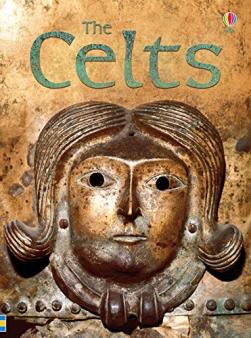
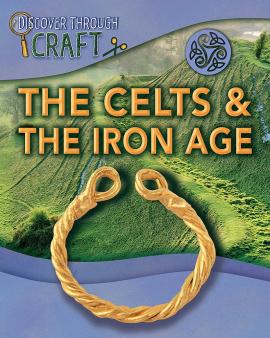
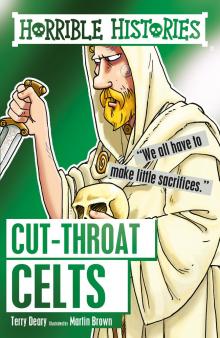
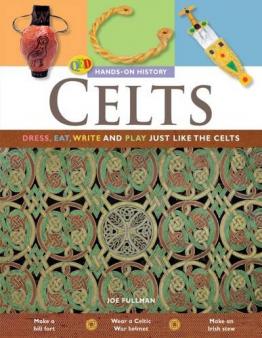
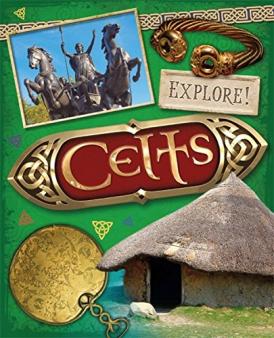
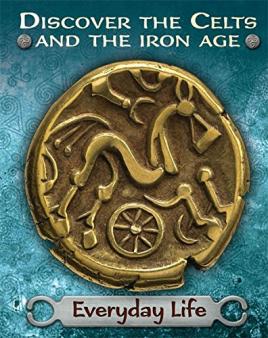
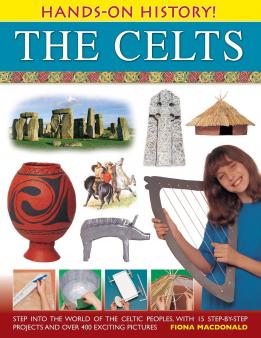
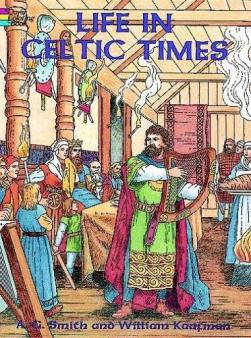
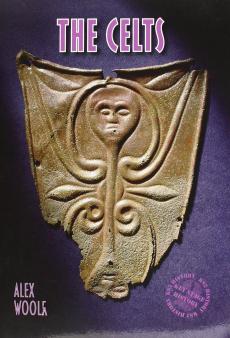
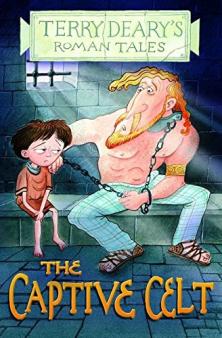
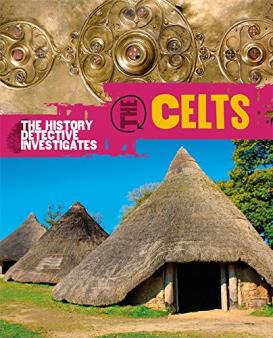
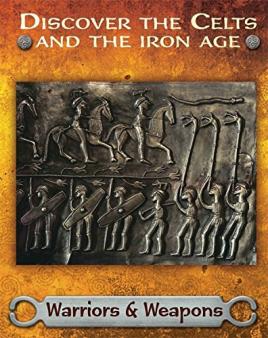
Detect out more about the Celts:
- A children's website about the Iron Historic period Celts
- Information near Celtic life in Britain from a British Museum exhibition, with images of beautiful artefacts
- Run across a map of where the different native tribes of Britain lived in the Atomic number 26 Age
- Information virtually Celtic religion and Celtic warriors
- Look through a collection of images of reconstructed Celtic roundhouses
- Watch BBC Bitesize videos nearly kife in Celtic Uk and building a Celtic house
- Understand more than about the Picts in Scotland and the early Gaelic culture in BBC Bitesize videos
- There are some wonderful BBC video clips about different aspects of Celtic life: find out near Celtic bards and the poesy they recited, Celtic jewellery, Celtic artefacts, Celtic statues, everyday Celtic objects, Celtic water gods, Celtic religion, Celtic wearable, Celtic funerals, Celtic burial rites and Celtic burial chambers.
- Watch video clips to empathize what a Celtic hamlet looked like, how people lived in Celtic villages, Celtic roundhouse pattern, dwellings in a Celtic town and brochs, Celtic houses in the expanse which was formerly occupied by Picts and is now Scotland. An earthworks at Chysauster, site of a Celtic village in south western Cornwall, shows what the ruins of roundhouses look similar today.
- See pictures of beautiful Celtic art
- What did the Celts look like? Find out more about the reconstruction of a Celtic warrior'due south body found at Lindow Moss in Cheshire, famously known as the Lindow Man. His last meal was likewise analysed to understand more than about his diet!
- Read children's fiction about the Celts
- Atomic number 26 Age Celts in Ireland
- Find out about Celtic objects and art, including a Celtic sword and scabbard dating from threescore BC
See for yourself
- "Visit" Celtic U.k. with a BBC Bitesize interactive guide
- Come across the Lindow Man at the British Museum
- The Maiden Castle hill fort in Dorchester is the UK's largest and most complex example of an Iron Age colina fort
- Visit Danebury Iron Historic period Loma Fort Local Nature Reserve in Hampshire and download a "story walk" to complete around the site
- Castell Henllys is an important Iron Age archaeological site in north Pembrokeshire, Wales
Also meet
Source: https://www.theschoolrun.com/homework-help/celts
Posted by: bargercueen1966.blogspot.com


0 Response to "How To Get Stage 4 Prisoner Skin"
Post a Comment